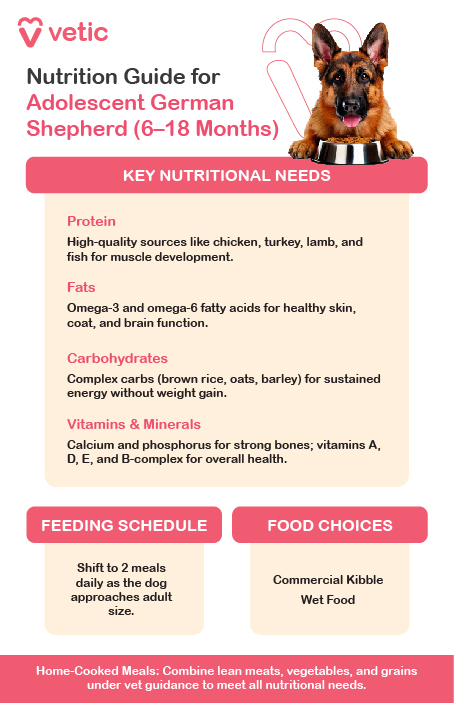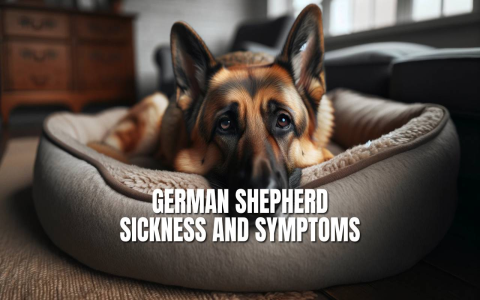Okay, let’s talk about keeping those German Shepherd legs strong and healthy. It’s something I’ve put a lot of effort into with my own boy, Max. It wasn’t like one day I just woke up and became an expert, it was more of a journey, noticing little things and trying stuff out.
Starting Out – Paying Attention
Right from when Max was a pup, I knew GSDs could have issues with their hips and joints later on. Didn’t want to see him struggling. So, I started paying close attention pretty early. I watched how he walked, how he ran, how he got up after lying down. Was there any stiffness? Any hesitation? Mostly, he was a bundle of energy, but I wanted to be proactive, you know?

I remember talking to my vet during one of the early check-ups. Just asked straight up, “What should I be doing now to help his legs long-term?” Got some good basic advice, mostly about diet and not overdoing the exercise when he was young and still growing like crazy.
What I Actually Did – The Nitty Gritty
So, based on that chat and just watching Max, here’s what I started doing:
- Food Matters: I got pretty picky about his food. Made sure it was a high-quality large-breed formula. Didn’t want him growing too fast, apparently, that can be bad for joints. I also started adding some extras. Heard good things about fish oil, so I started putting a pump of that on his kibble. Later on, maybe around when he turned two, I added a glucosamine and chondroitin supplement. Just felt like a good ‘insurance policy’. I just buy the chewable tabs, he thinks they’re treats.
- Exercise – The Right Kind: This was a big one. When he was a puppy, I stopped him from jumping down off high things, like the porch or out of the car. Heard that’s rough on growing joints. We did lots of walks, but I kept them sensible, didn’t push him for miles and miles, especially on hard pavement. As he got older, we kept up the regular walks and fetch, but I still try to avoid really hard impacts. We found a place where he can swim sometimes in the summer – that’s supposed to be amazing exercise, easy on the joints.
- Keeping Him Lean: This ties into the food, but it’s super important. Extra weight means extra stress on those legs and hips. I got really strict about measuring his food and not giving in to those puppy-dog eyes begging for table scraps. Okay, maybe a little bit, but not much! Keeping him at a healthy weight was, and still is, a top priority.
- Home Setup: Our house has hardwood floors, which can be slippery. When he was younger and more clumsy, I put down some area rugs and runners in the main paths he used. Just gave him better traction, less chance of slipping and doing the splits.
Watching and Waiting (and Hoping)
It wasn’t like flipping a switch. It’s an ongoing thing. I still watch him closely. How does he look getting out of his bed in the morning? Does he seem happy to go for walks? Touch wood, Max is doing great. He’s active, loves to play, and moves really well for his age.
There was one time, maybe a year ago, he seemed a tiny bit stiff after a particularly crazy run at the park. I eased back on the intensity for a few days, made sure he got his supplements, and he bounced right back. It’s just about being observant and adjusting things as needed.
Final Thoughts
Honestly, I think the biggest things were starting early, focusing on good food, the right kind of exercise (not too much, not too little, not too high-impact), and keeping him lean. Adding the supplements felt like a good extra step. It’s not rocket science, just consistent care and paying attention to your dog. Every GSD is different, but this is what seems to have worked for my buddy Max so far, and we’re sticking with it.






